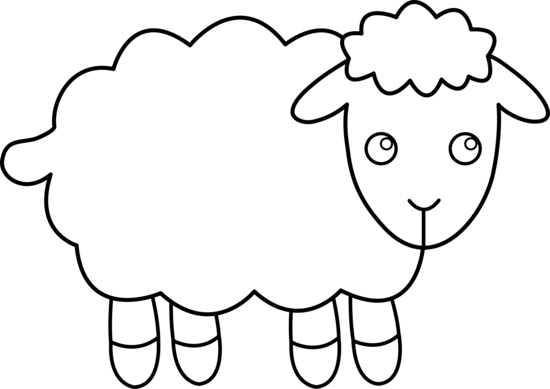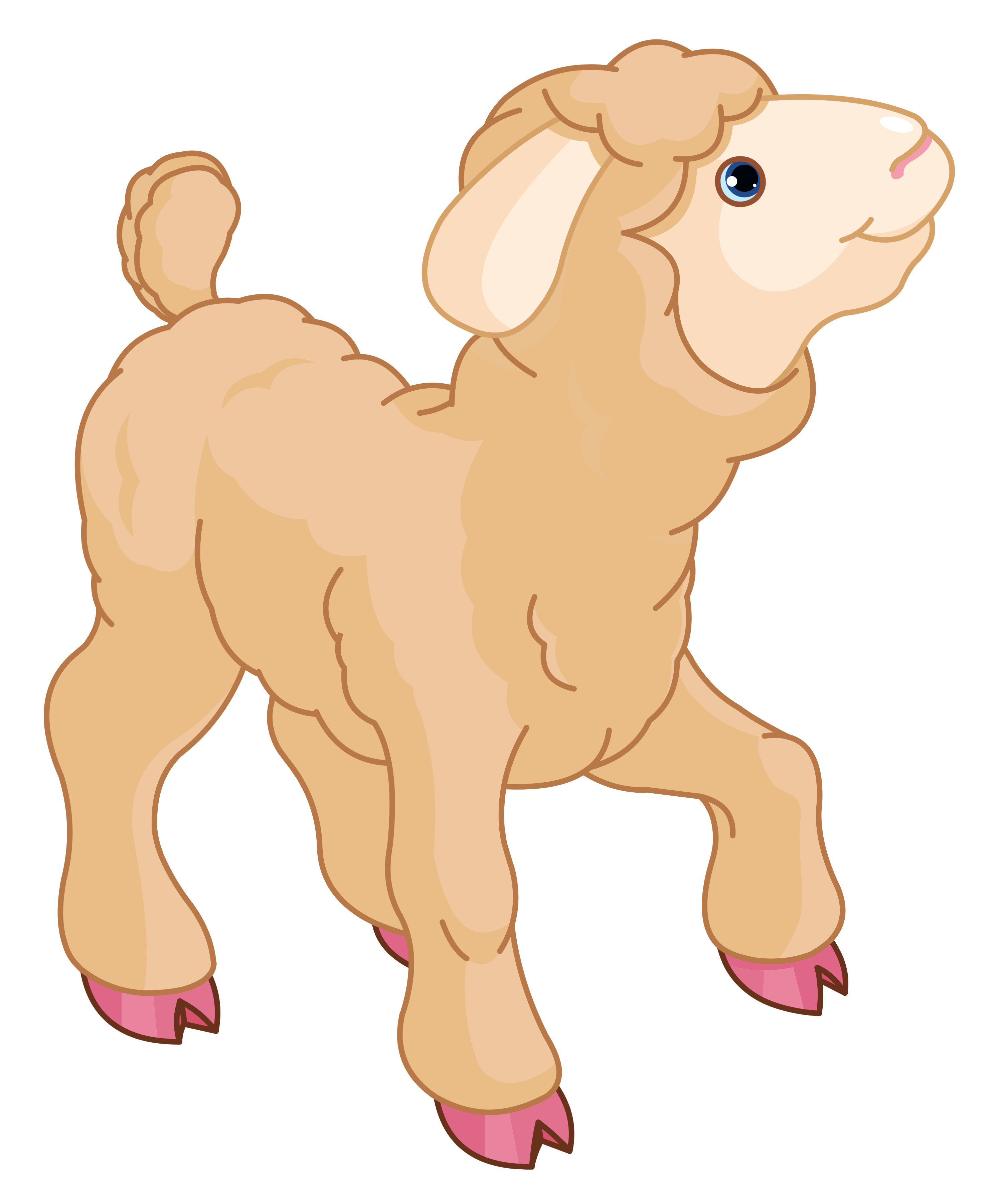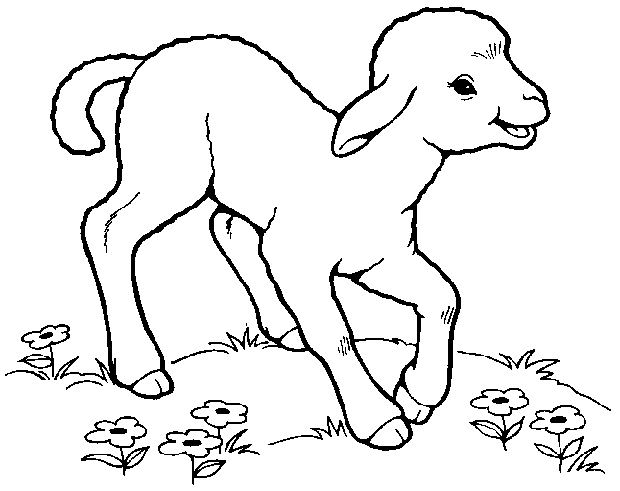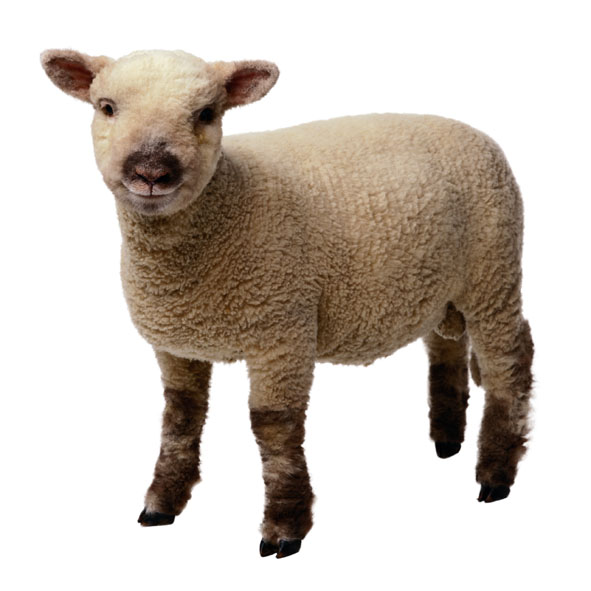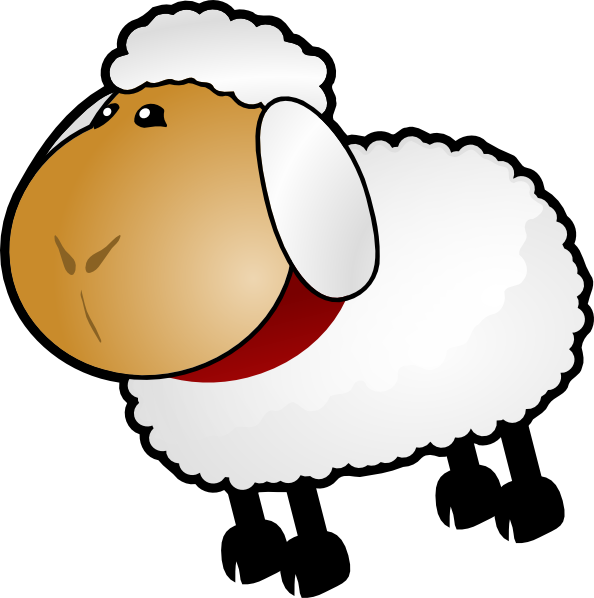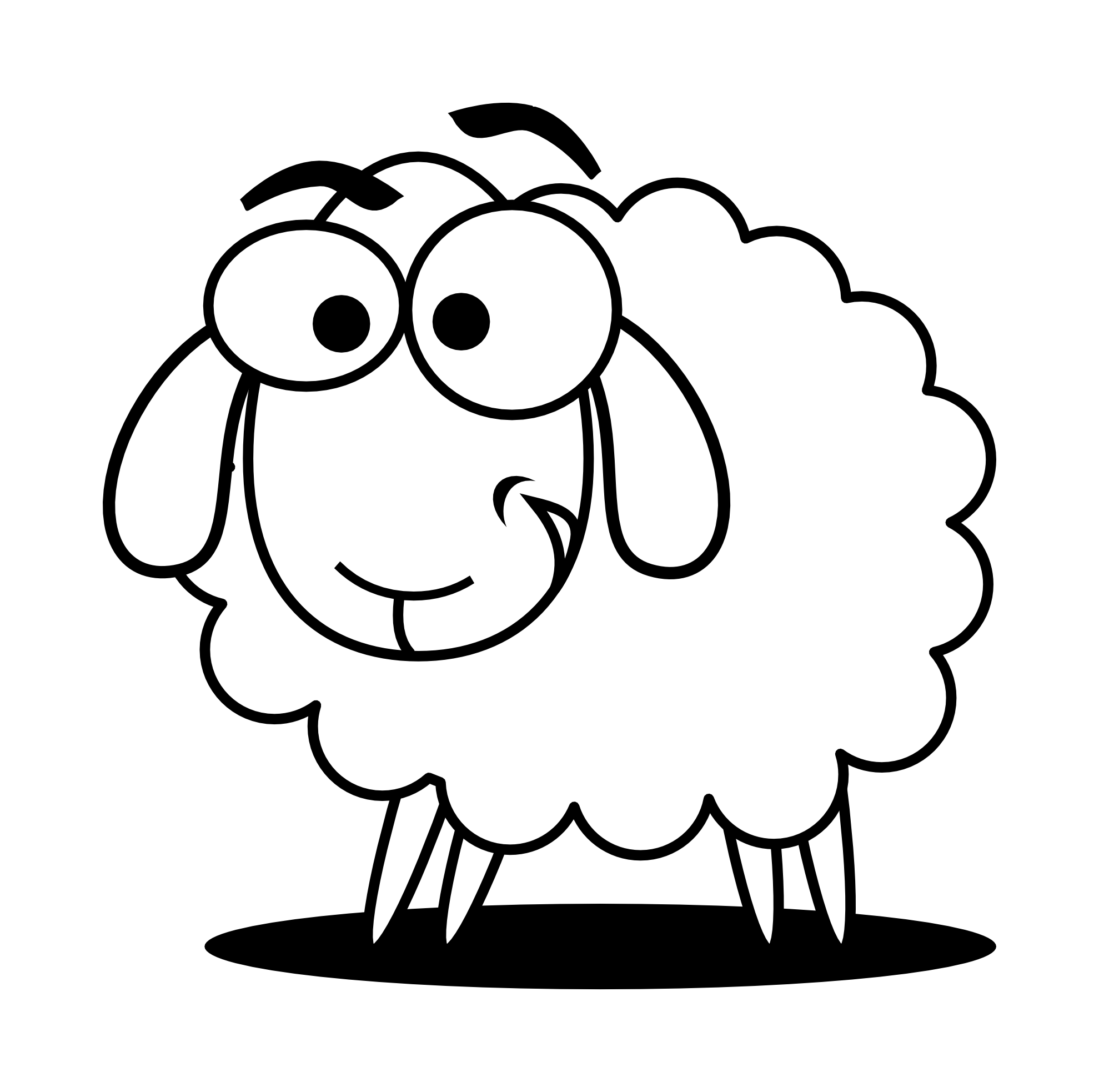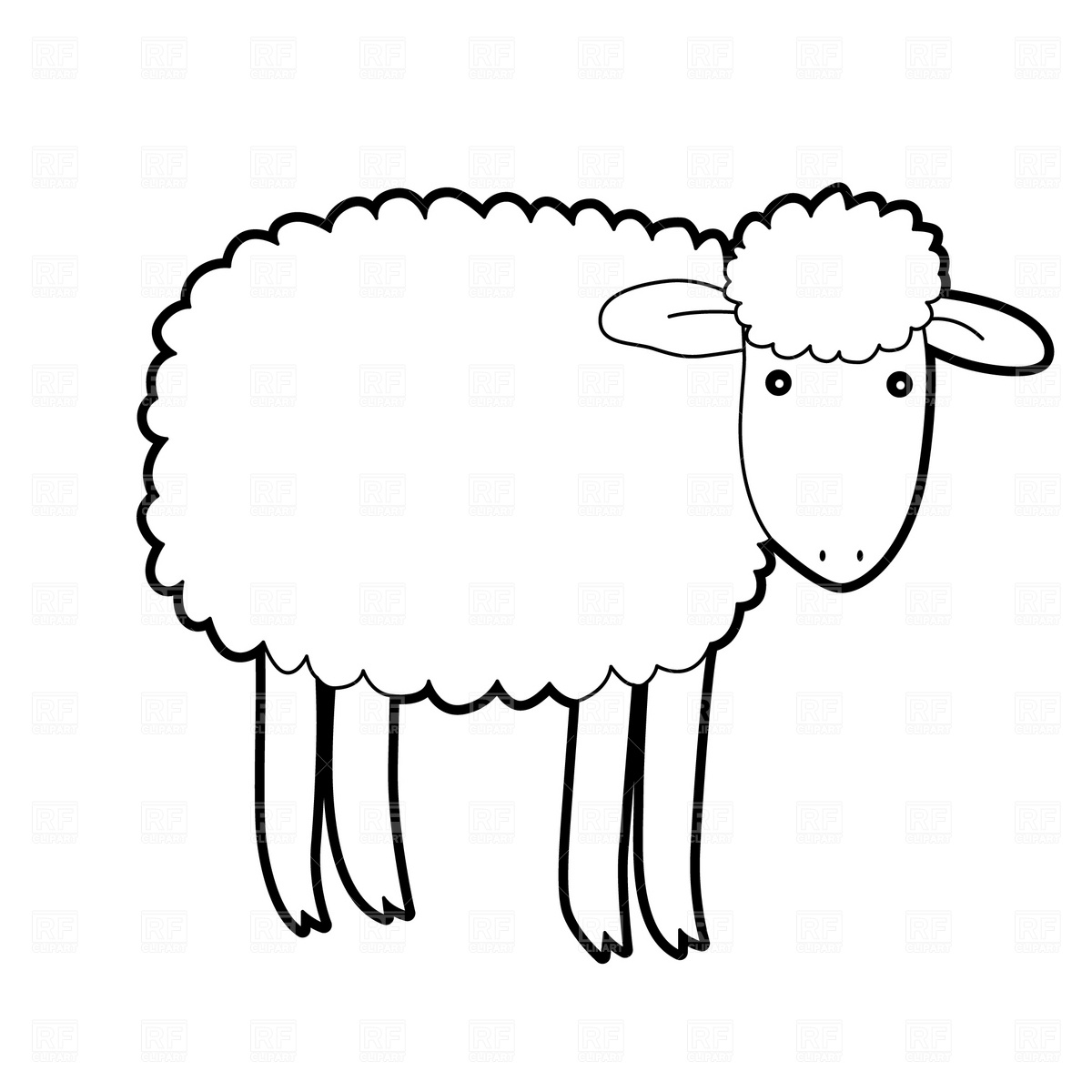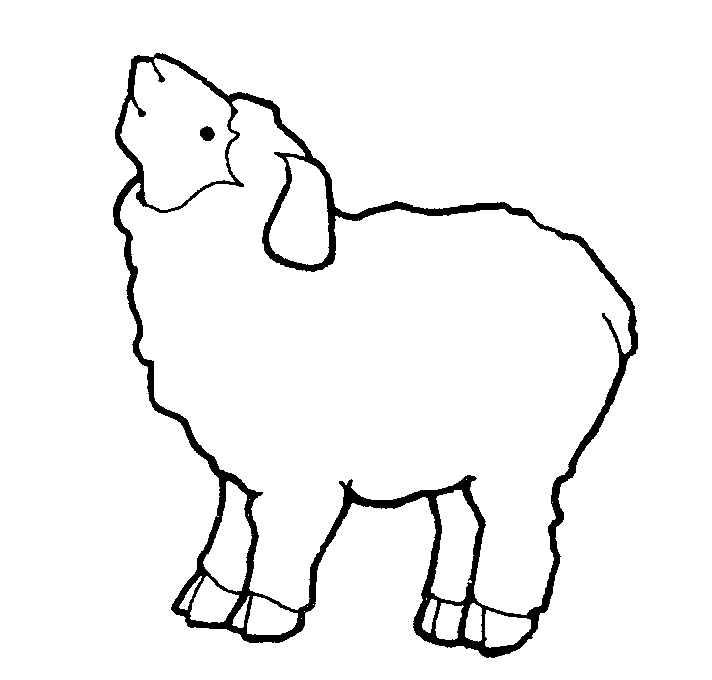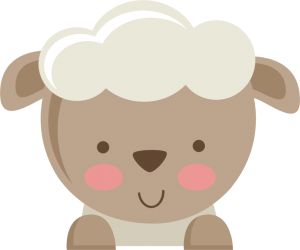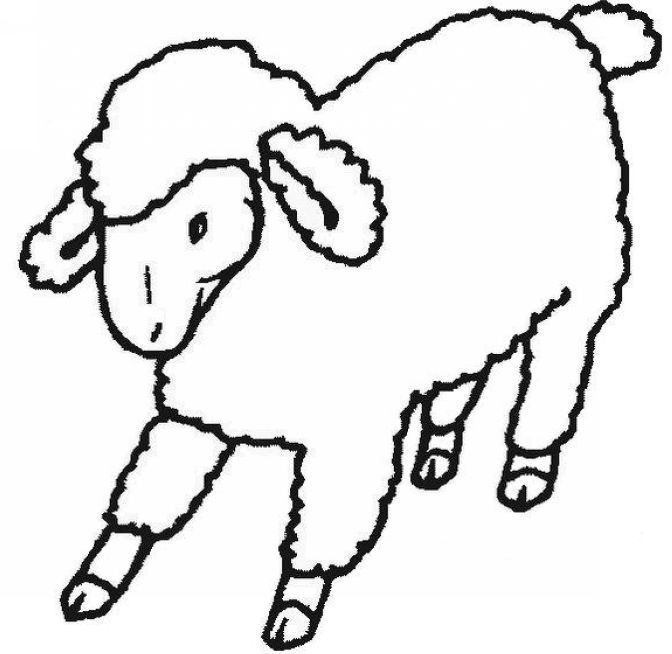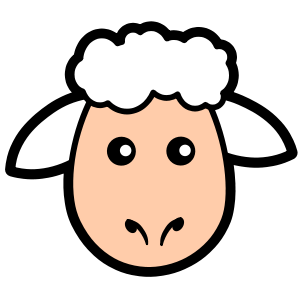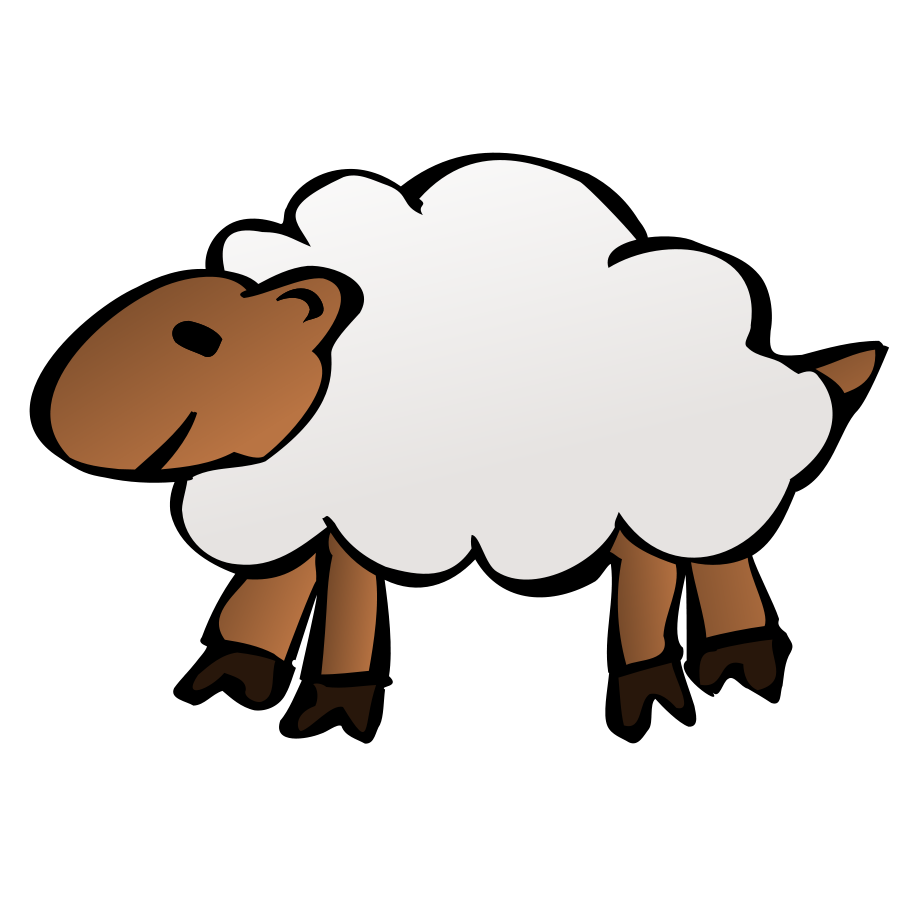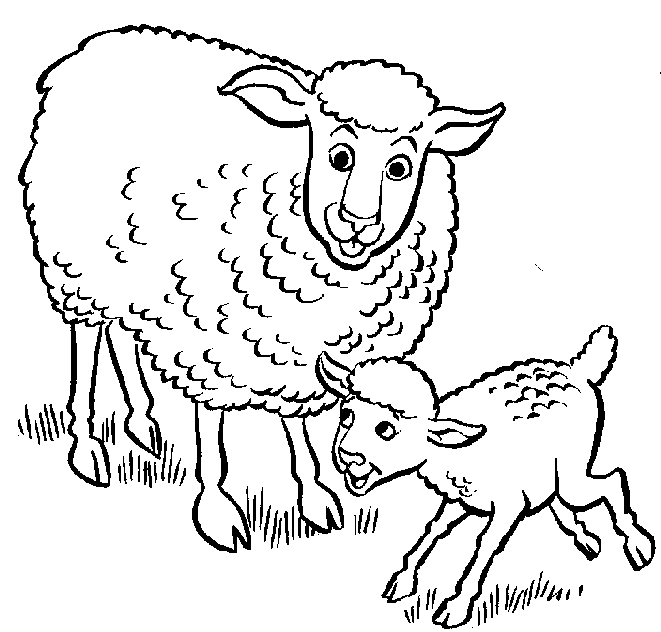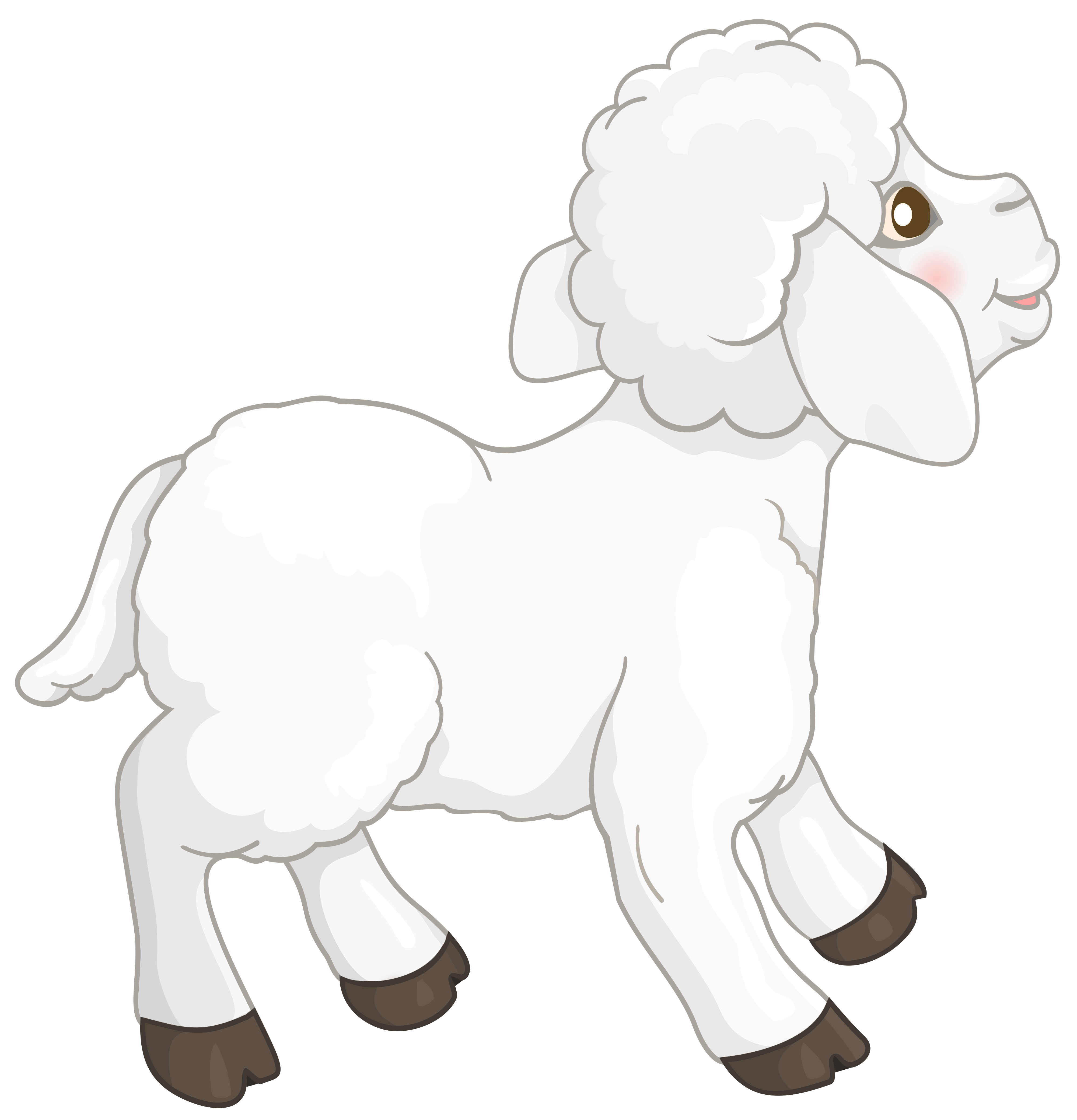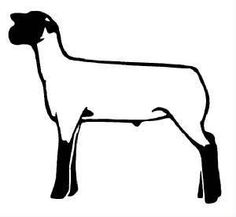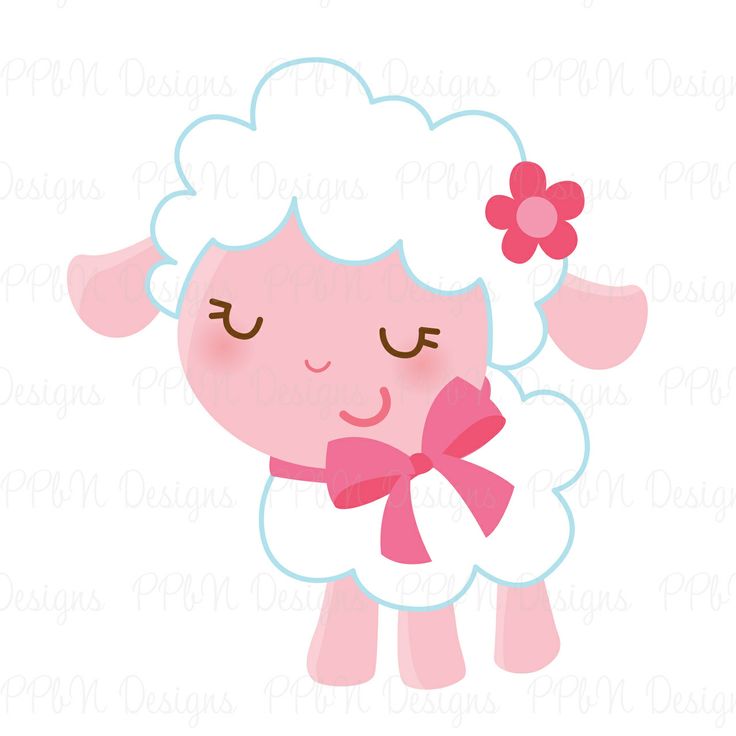Lamb Clip Art
Lambs are young domesticated sheep that are raised on farms typically for their meat, milk, and wool. As herd animals, they like to live and graze together in groups called flocks. Lambs are an important livestock animal globally, especially in areas like New Zealand and Australia where sheep farming is more common.
Lamb Breeds
There are many different domestic breeds of lambs that have been developed for certain desirable qualities over time. Some of the most popular types raised for meat include Suffolk, Hampshire, Shropshire, and Southdown lambs. These breeds produce good quality tender meat and are common choices for commercial sheep farming.
Some lambs breeds are better for wool production rather than meat. These include Merino, Rambouillet, and Romney lambs which produce very fine soft wool often used to make high-end clothing and fabrics. There are also dual-purpose lamb breeds that produce both good meat and wool like the Columbia or Corriedale.
Lamb Life Cycle
Lambs are born after a five-month gestation period to a mother sheep called a ewe. Farmers typically breed ewes in the fall so lambs are born in the springtime. When just born, lambs weigh between 5-8 pounds and need to stand and nurse quickly after birth. This helps them gain strength from the ewe’s early milk called colostrum.
In the first few months, lambs continue nursing but also eat fresh grass and grain feed. They grow rapidly at this stage and may be weaned off their mother’s milk at 2-3 months of age. Towards 6-8 months old, lambs become sexually mature but won’t be ready for breeding typically until over a year old. The lifespan of domestic lambs is generally 10-12 years.
Lamb Behavior
Lambs are highly energetic, social, and curious creatures especially when they are young. They like to play together by frolicking, jumping, gently butting heads, or chasing each other around in the pastures where they graze. Lambs also exhibit flocking behavior and will follow the older more experienced sheep in their group around the fields.
When feeling threatened by predators like coyotes, lambs will huddle close together or near the larger adult sheep for safety. They become very attached to their mother early on but eventual also bond with the rest of the flock members as their family group.
Lamb Care
Properly caring for lambs requires providing them with adequate shelter, nutrition, space for roaming, and health management. Lambs that will be raised for meat are typically reared indoors during winter months then transferred to open grazing pastures with the flock once grass has grown for springtime.
Their enclosed housing areas should keep them dry and protected from harsh weather elements. Feeding lambs quality hay, grains, minerals, and allowing grazing time helps them grow strong. Making sure their living space is kept clean and dry can prevent disease issues. Sheep farmers also monitor and treat lamb health issues as needed.
Lamb Meat
Lamb meat comes from young domesticated sheep typically under one year old compared to mutton which comes from older sheep. It has a distinctive meaty flavor that tastes milder than beef or goat. Lamb can be prepared in many ways including roasted, grilled, braised lamb shanks, or ground lamb meat.
Lamb is considered a good source of protein, vitamins, and minerals. It provides high amounts of B12 needed for cell function and iron levels to prevent anemia. The cuts like loin, ribs, legs and shoulder are the most tender. Belly, breast and neck meat works well when slow cooked. Lamb fat called tallow has uses in other products like soap and candles.
Lamb’s Wool Production
Sheep produce a thick protective winter coat which is made up wool fiber that gets sheered off as a highly useful material once warmer months arrive again. Lambs grow their first fleece during their initial 6 months. Quality wool has natural crimping and high lanolin levels to repel moisture.
Desirable wool is shorn once annually in the springtime using mechanical sheers when new fleece then regrows. Hand shearing is still done sometimes too. After shearing, the raw wool is cleaned then can be turned into yarn, felt, or other fabrics. Merino lamb produce very fine soft wool perfect for high-end garments.
Lamb in Culture & Tradition
Beyond farming uses, lambs also have religious and cultural symbolism tied to ideas like innocence, gentleness or even sacrifice. Lambs are prominently featured in some biblical stories as offerings or metaphors. Historically, they were sometimes slaughtered for Passover feasts.
Lambs also signify spring seasonality and new beginnings in certain ethnic traditions. For instance, the Polish celebration of Easter, called Śmigus-Dyngus, has roots in pagan culture and involves sprinkling water which was believed to have special powers associated with lamb fertility.
Lamb Clip Art
Clip art comes in many formats like PNG, SVG, EPS but vector files are popular since they scale cleanly to any display size. Clip arts of baby lambs frolicking, lamb faces, lamb silhouettes and other playful imagery is widely available. This allows easy incorporation of charming lamb motifs into amateur or commercial designs.
In this page clipartix present 70 lamb clipart images free for designing activities. Lets download Lamb Clip Art that you want to use for works or personal uses.


